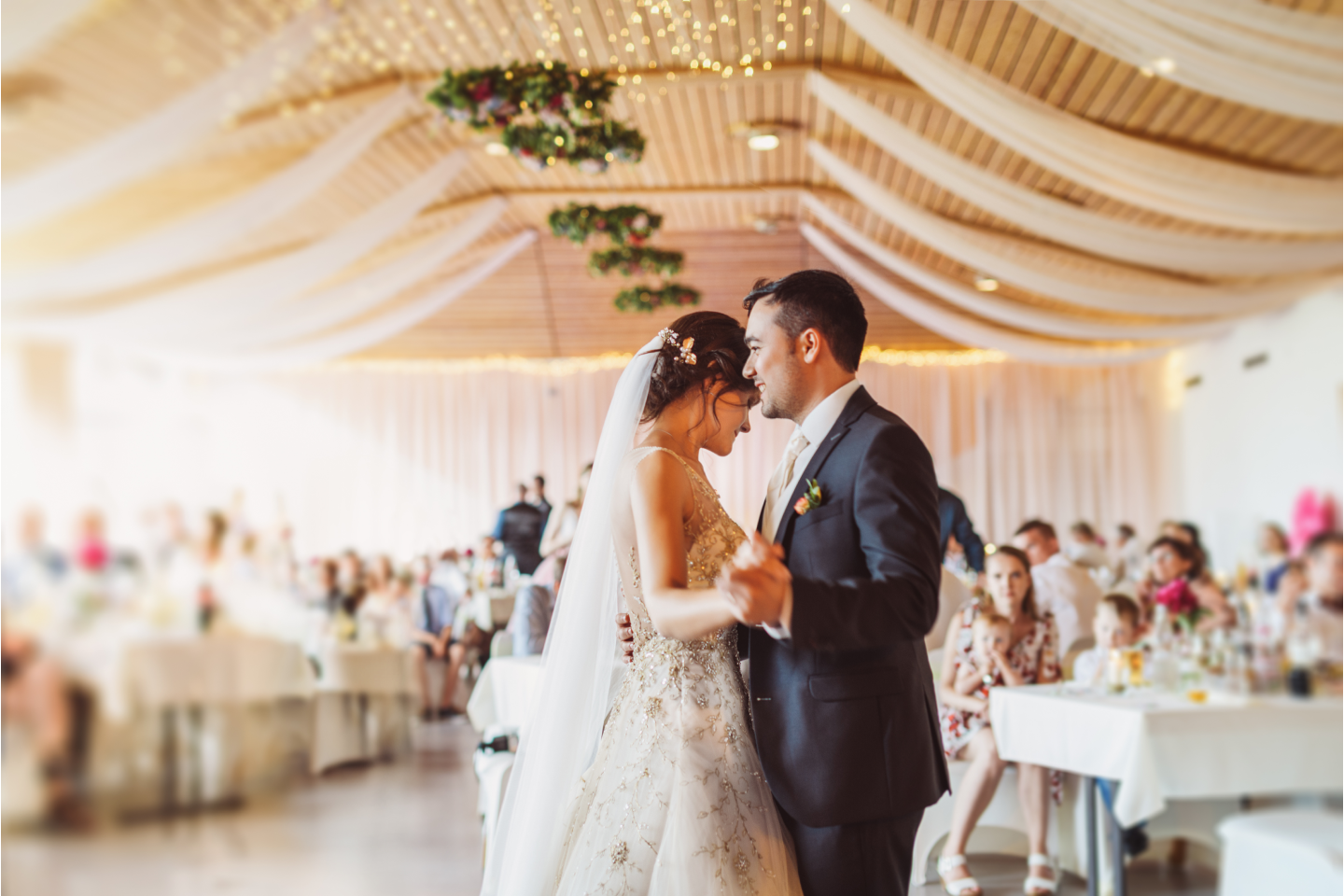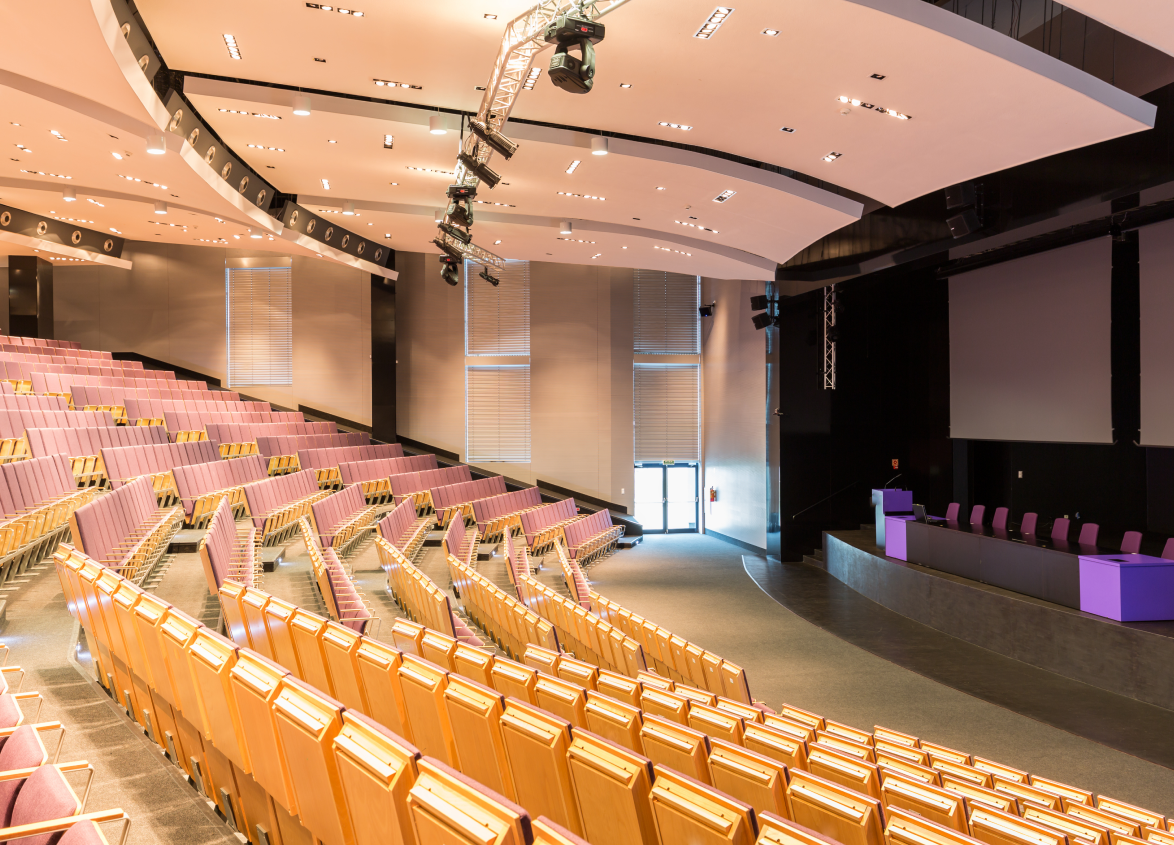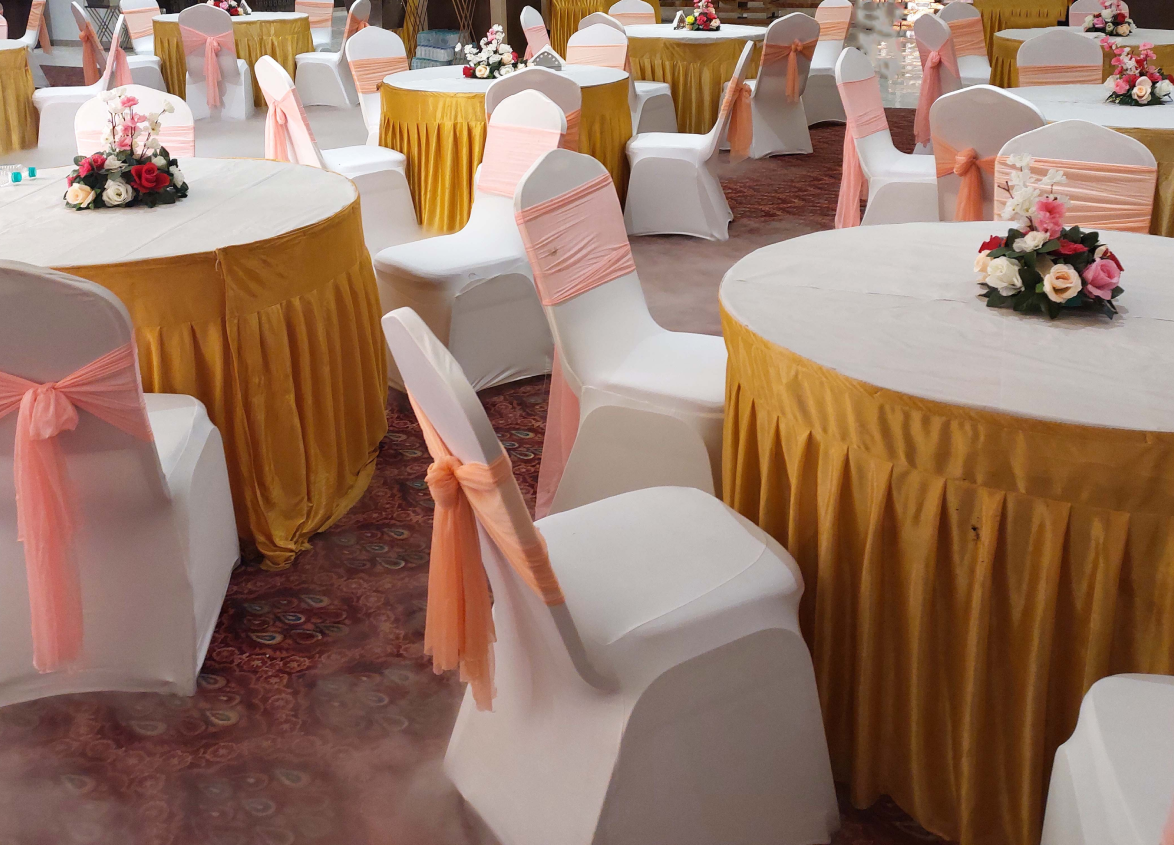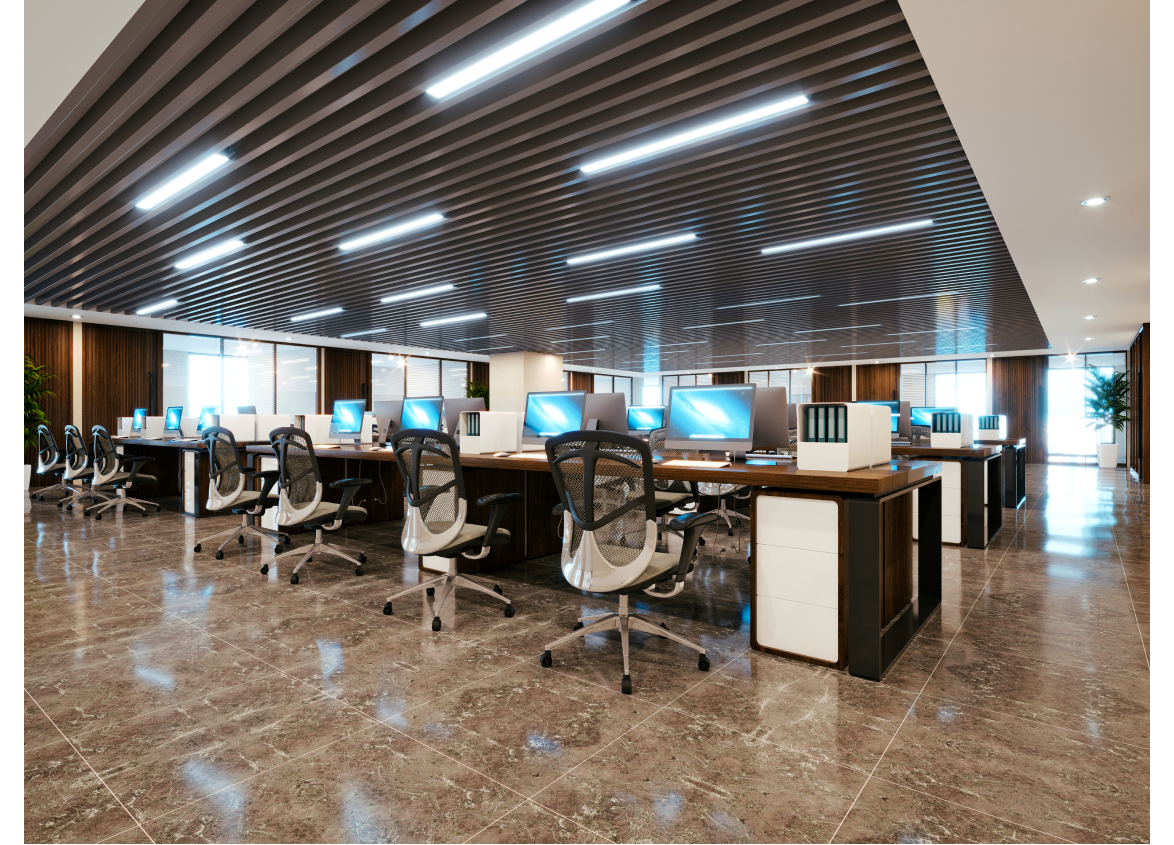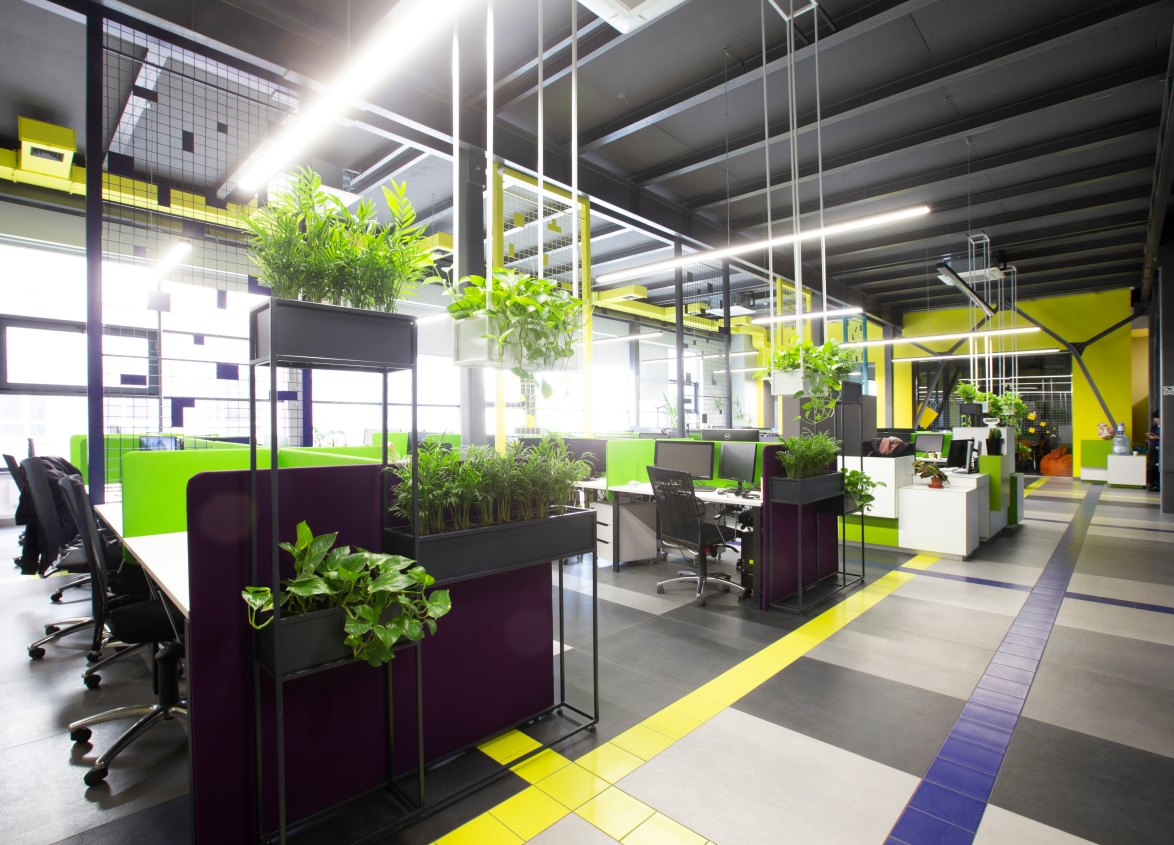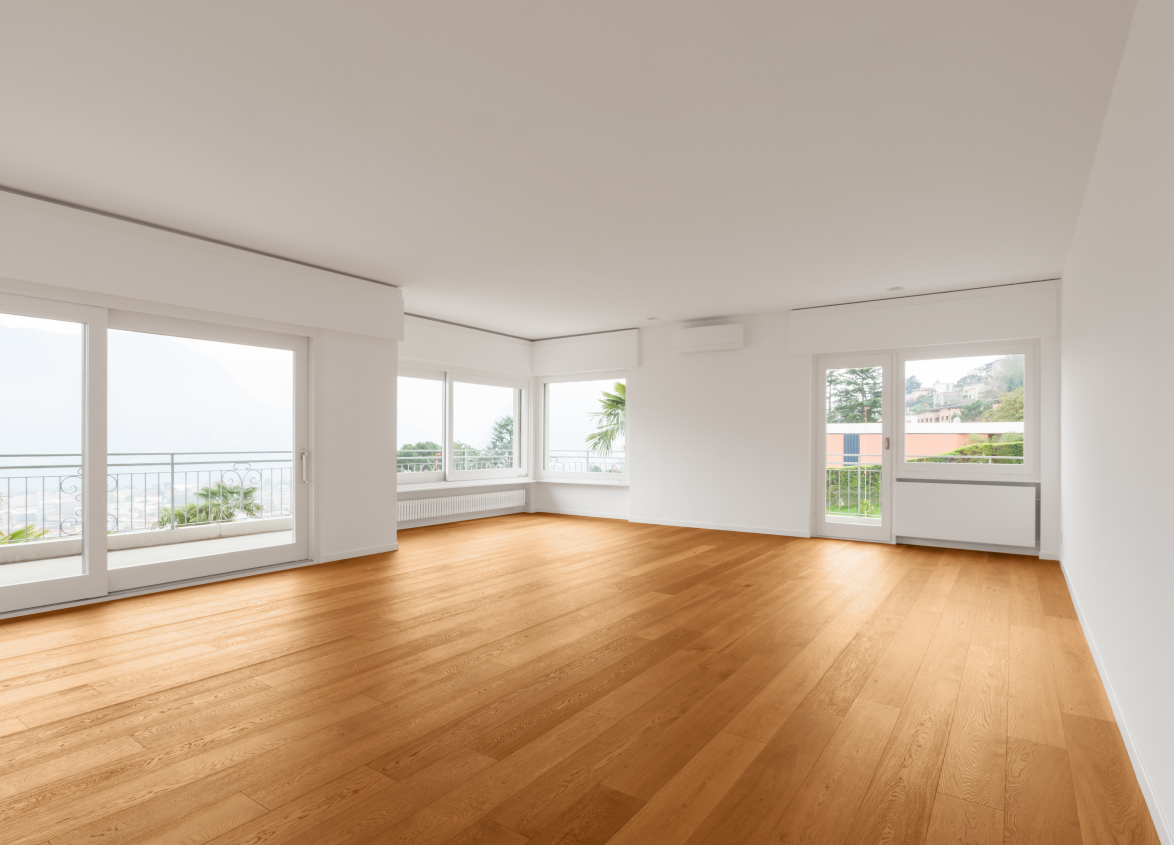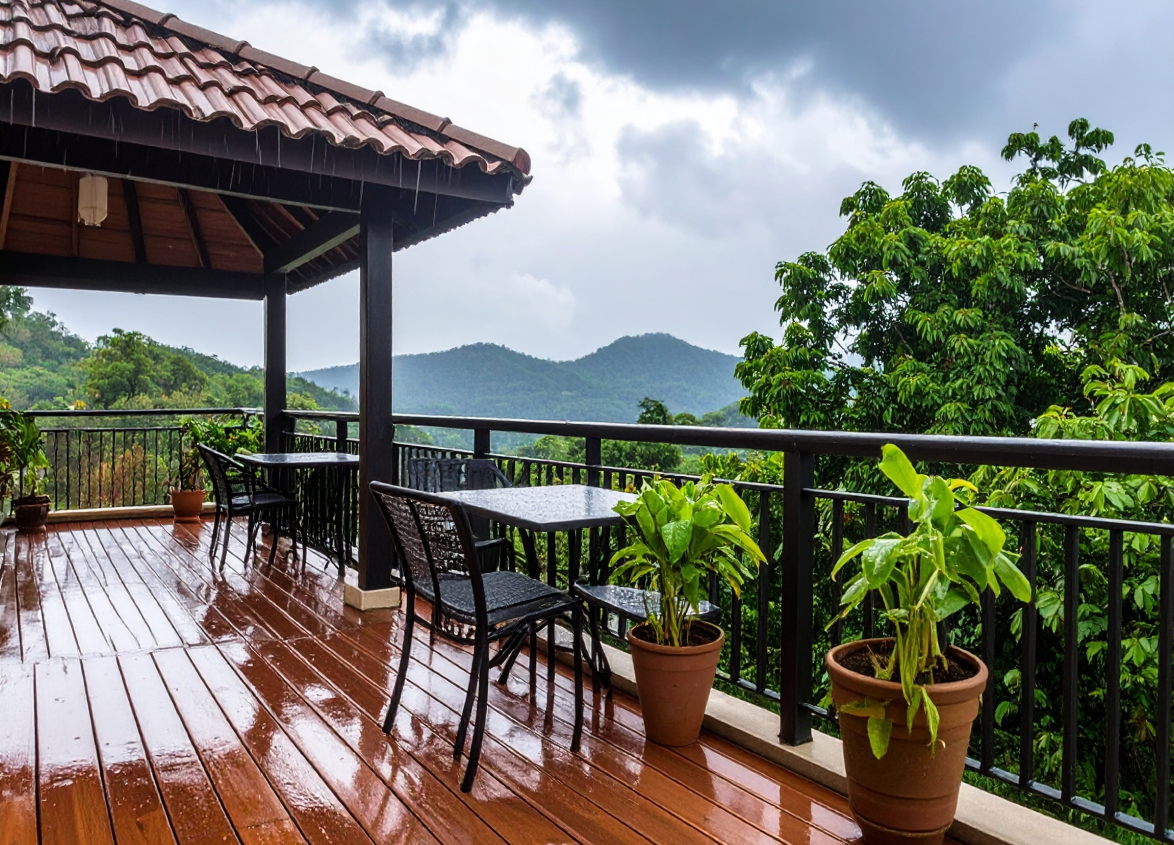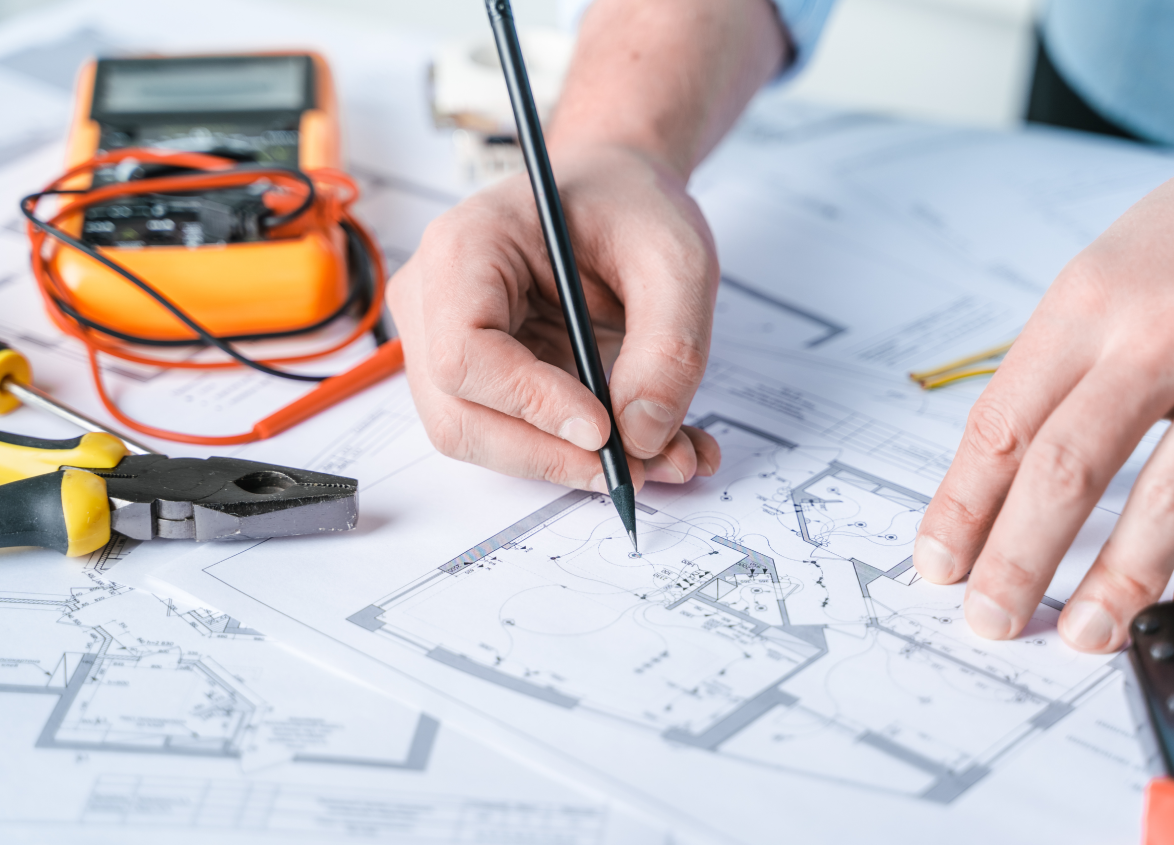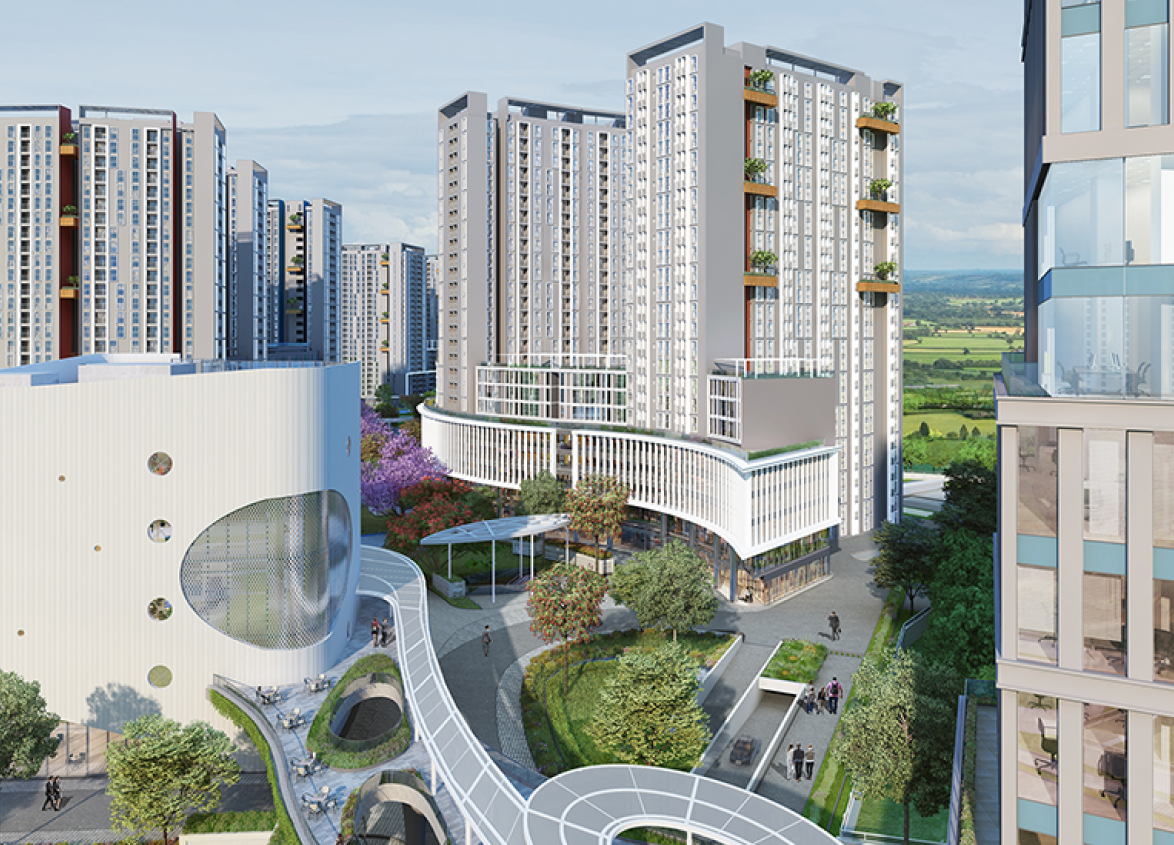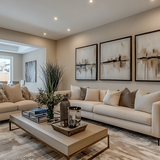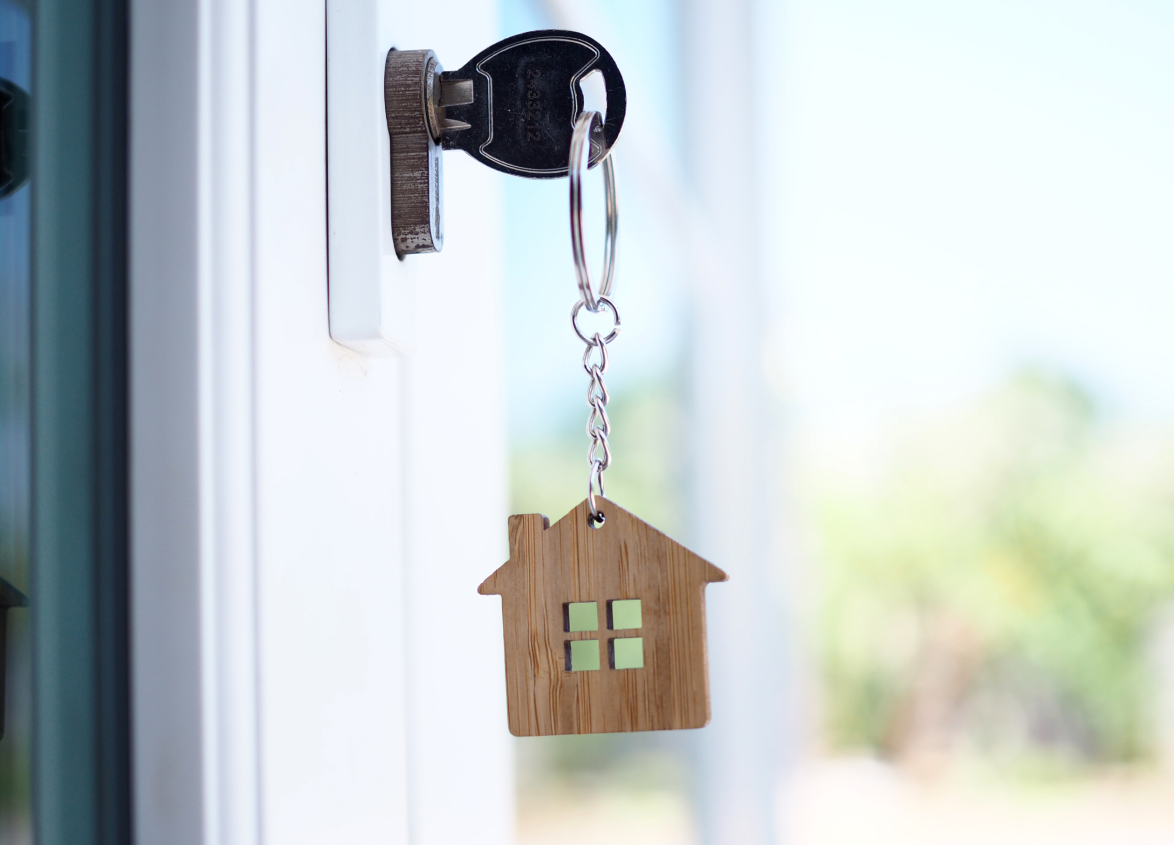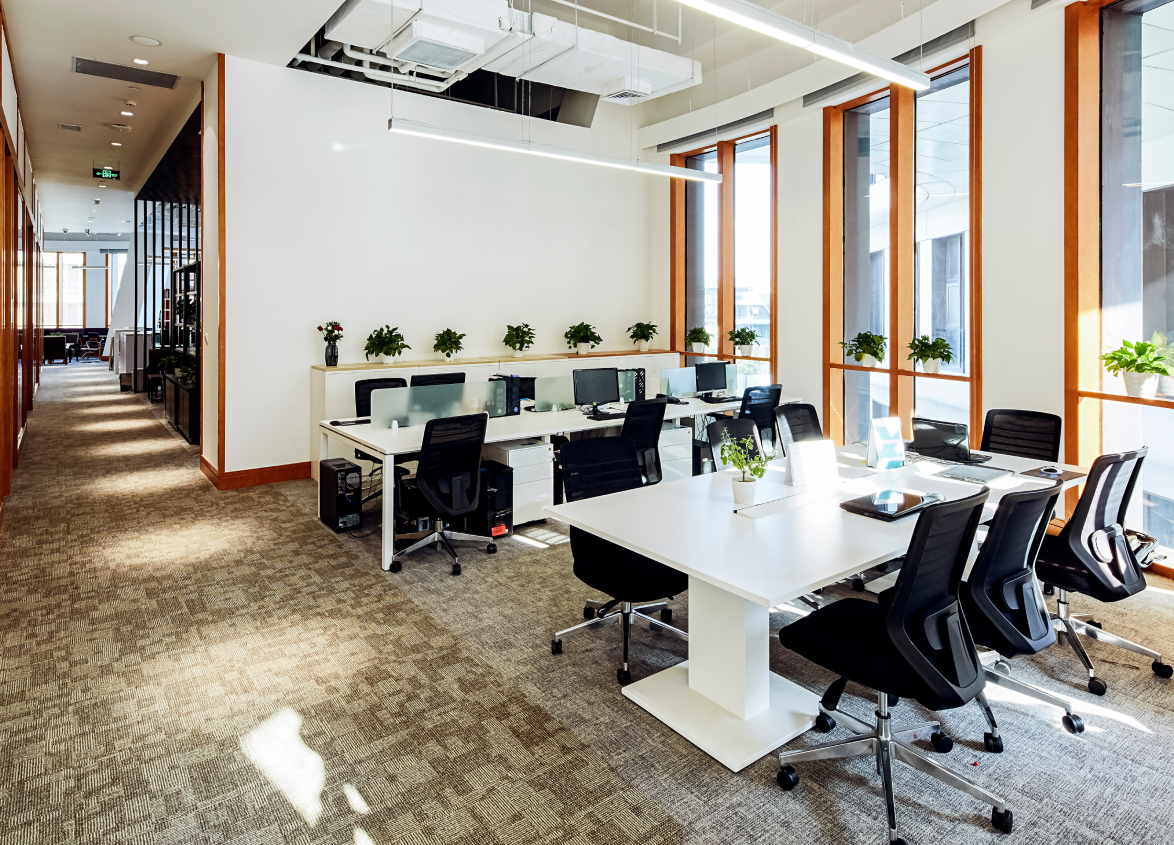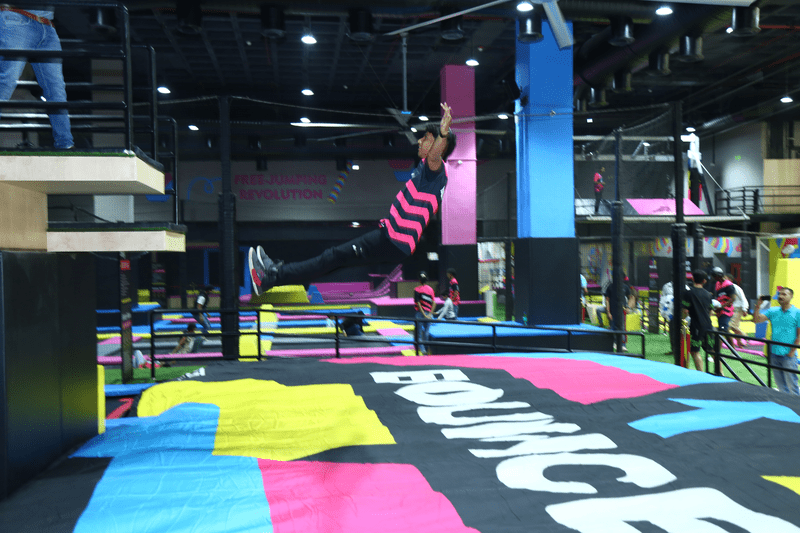
Residential
10 Creative Ideas to Design a Fun and Functional Kid's Bedroom
May 02, 2025
Creating a child's bedroom is a fun but daunting process. It's where they rest, play, learn, grow and develop. A great bedroom must balance play and functionality, accommodating their changing needs without sacrificing comfort and safety.
At Brigade, we understand that a child's room is more than just a space—a world where imagination takes flight and comfort meets functionality. This blog will explore 10 creative, interactive and efficient bedroom ideas for kids.
Why Designing the Kid's Bedroom is Important
A child's bedroom is multidimensional—it can be a sleeping area, a play area, a study zone or a creative space.
A well-designed space can:
- Invite imagination and creativity with theme-specific decor and provocative features.
- Invite order and independence with practical storage.
- Promote learning and focus through the addition of a distinctive study nook.
- Provide safety and comfort through child-proof materials and configurations.
- Adapt with them so the room remains practical for decades.
10 Innovative Kids' Bedroom Design Ideas
Kid’s bedroom design ideas are more than an exercise in decorating—they involve building a room that fosters creativity, learning and comfort. Regardless of the room size, these ten tips will assist you in creating a room that matures with your child and stays organised and enjoyable.
1. Theme-Based Design
Theme-based design turns the room into an engaging space and expresses your child's personality. Selecting a theme from their field of interest—space, jungle or superheroes—enhances the excitement level in their everyday environment. Apply the idea through themed bedding, wall stickers and furnishings. Murals would take the appearance to the next level so that the space is interactive.
Also Read - Avoid These 6 Home Decor Mistakes
Leaf-patterned wallpapers, animal skin prints and wood material would be appropriate for a jungle room. Space can include glow-in-the-dark stars and planets painted on the ceiling. Themed accessories like lamps, rugs and storage bins complete the look. As kids age, easily replaceable décor makes getting more suited to their needs easy.
2. Multifunctional Furniture
When designing a child's room, space-saving furniture is a godsend. Multifunctional furniture achieves the most usage without encumbering the room. Storage bunk beds work well with siblings or sleepovers, leaving space to put away toys, clothing and books. Fold-down desks create a dedicated study space while making space when not in use.
Toddler convertible beds evolve with the child, minimising unnecessary furniture changes. Storage ottomans provide seating with the bonus of keeping objects out of view. With such clever furniture, the room is always neat, roomy and responsive to your child's evolving requirements.
3. Interactive Walls
Walls need not be strictly for looks—you can also turn them into activity-laden study spaces. Some wall chalkboard paint enables children to sketch and write and lets their imaginations run amok. No paper is required; it's eco-friendly play. Magnetic walls can display artwork and educational graphics; active magnets bring learning and interactivity to life.
Also Read - 5 Tips to Mix & Match Interior Design Styles Like a Pro!
Pegboards are a hip method of housing books, crafts, materials and essential items nearby. These interactive elements promote creativity, autonomy and a clean attitude, making the walls more than just an aesthetic component of the space.
4. Innovative Storage Solutions
Children collect numerous toys, books and clothes, so effective storage is required to keep the room clutter-free. Having colourful bins and baskets makes storage fun and easy for kids. Under-bed drawers take advantage of space without removing seasonal wear or additional toys.
Wall-mounted shelves occupy floor space and exhibit books and treasures in a tidy, accessible format. Cushion-covered toy boxes also serve as seats, giving them added functionality. Labeled storage containers teach kids organisation skills from a young age. Intelligent storage solutions can keep the room clean, functional and handsome without feeling small.
5. Fun Lighting
Lighting plays a significant role in creating the mood and ambience of a children's bedroom. Fairy lights help create a fantasy environment, making bedtime more enjoyable. Theme lamps, such as animal or galaxy lamps, finish off the room's appearance while giving warm, soothing illumination.
LED strip lighting along the bed or on shelves gives a futuristic appearance and serves as night lamps. Task illumination at home study tables provides an area of concentration for studying. Various lighting options create comfort, spark imagination and offer a cosy ambience, making the room a haven of comfort for resting and playing.
6. Study Nook
A separate study nook guarantees focus and orderly learning. A good chair, ample desk space and sufficient light make a study session productive. Floating bookshelves on the desk allow one to quickly access books and reading material without cluttering the space. A pinboard or whiteboard will assist kids in planning homework and schedules.
In making the space welcoming, choose colours to foster concentration, such as light greens and blues. Having a specific study zone within the room promotes productivity and discipline, along with the good feeling associated with learning and having a planned and motivated setup.
7. Soft and Safe Flooring
Kids adore playing on the ground, so making it pleasant and safe is vital. Plush rugs or foam play mats ensure a soft surface, lessening the effect of falls. Anti-slip rugs avoid accidents while providing warmth and texture to the space. Carpet tiles offer replaceable and customisable flooring that is very easy to clean.
Hypoallergenic material provides a dust-free and allergen-free atmosphere, which is particularly important for allergy-prone children. Soft flooring makes the room secure and comfortable and adds to cosiness, transforming it into a cosy playroom, reading room or sleeping room.
8. Personalised Décor
Personal items in a child's bedroom make the room personal and unique. Putting their paintings in frames boosts self-confidence and imagination. Homemade nameplates or paintings made as a project keep the child's individuality intact. A memory board with photographs, accomplishments or memorable moments evokes pride and nostalgia.
The personalised growth chart with a theme, quilt or pillows brings uniqueness. Having the children help decorate their bedroom raises their ownership and creativity; it is a bedroom that they reflect on and grow with.
9. Colour Psychology
Colour influences behaviour and mood; therefore, colour selection matters in a child's bedroom. Soft pastel colours like mint green, baby blue, and lavender promote relaxation and tranquillity, which are appropriate for sleeping areas. Vibrant hues such as yellow, red, or orange evoke creativity and are most suitable for play or learning areas.
Integrating high-contrast neutral hues is pleasing to the eye without being overpowering. Colour psychology is employed sensibly to create a welcoming, motivational room within the child's personality. Wallpaper, paintings and trinkets can be introduced to colour without a long-term commitment.
10. Flexible Layout
Children's needs and preferences evolve, so a flexible room layout ensures longevity. Modular furniture like adjustable shelving, extendable beds and movable desks allow easy reconfiguration. Neutral wall colours with theme-based accents enable quick updates without significant renovations. Investing in multi-purpose furniture ensures the room remains functional for years.
Convertible cribs that turn into full-sized beds or adjustable study desks accommodate changing requirements. A flexible layout provides a cost-effective, adaptable and future-proof design, ensuring the bedroom remains practical and stylish as the child transitions through different life stages.
Tips for Designing a Kid's Bedroom on a Budget
Designing a stylish and functional kid's bedroom doesn't have to break the bank. With creativity, thoughtful planning, and resourcefulness, you can create a beautiful space without overspending. Here are some budget-friendly tips to help you achieve an aesthetic and practical room for your child.
1. DIY Decor: Add a Personal Touch
Making your DIY decor is one of the most cost-effective ways to decorate a kid's bedroom. Not only does this save money, but it also adds a unique, personal touch to the room.
Kids' Room Ideas for DIY Decor:
- Hand-Painted Wall Art: Let your child help with painting murals or abstract patterns.
- Homemade Wall Hangings: Use fabric scraps or old t-shirts to create colourful banners.
- Customised Name Signs: Use wooden letters, cardboard or string art for a personalised nameplate.
- Photo & Art Display: For a rotating gallery, hang your child's artwork using string and clothespins.
2. Repurpose Old Furniture: Reuse & Refresh
Instead of buying expensive new furniture, consider repurposing what you already have or giving second-hand items a fresh look.
Creative Children's Bedroom Ideas:
- Old bookshelves can be made into toy organisers by repainting an old shelf and adding bins for toys.
- Convert an unused crib into a child's workstation.
- Stack old suitcases for stylish and functional seating.
- Paint the dresser top with chalkboard paint for a multi-use surface.
3. Shop During Sales & Discounts
Timing is key when shopping for kid's bedroom furniture and decor. Look out for seasonal sales, clearance deals and second-hand marketplaces for the best prices.
Where to Find Affordable Deals:
- Online Sales & Festive Discounts: Major retailers often have discounts during holidays and back-to-school seasons.
- Garage Sales & Thrift Stores: Many gently-used furniture pieces can be found at a fraction of the cost.
- Facebook Marketplace & Craigslist: Great for finding pre-loved furniture and decor at lower prices.
- Wholesale or Factory Outlets: Buying directly from manufacturers can save much money.
4. Opt for Multi-Purpose & Budget-Friendly Furniture
Instead of buying multiple pieces of furniture, invest in multifunctional furniture that can grow with your child and maximise space efficiently.
Budget-Friendly Multifunctional Furniture:
- Bunk Beds with Storage Drawers: Saves space and eliminates the need for additional storage units.
- Foldable Desks & Chairs: Perfect for study and art activities without taking up too much space.
- Stackable or Modular Shelves: Customised shelves can be adjusted per your child's needs.
- Convertible Cribs & Beds: Choose cribs that can transition into toddler beds to save long-term costs.
5. Use Peel-and-Stick Wallpapers & Decals
Wall art can be expensive, but peel-and-stick wallpapers or wall decals offer an affordable and stylish alternative.
Why Choose Stick-On Decor?
- Budget-Friendly: Much cheaper than traditional wallpaper or professional painting.
- Easy to Apply & Remove: Ideal for renters or parents who want flexibility.
- Wide Variety of Designs: Available in fun patterns, characters or educational themes.
6. Invest in Affordable Storage Solutions
Organising a kid's room doesn't have to mean buying expensive, custom-built shelves. Simple and affordable storage hacks help maintain tidiness.
Budget-Friendly Storage Ideas:
- Plastic Bins & Baskets: Perfect for neatly sorting toys, books and clothes.
- DIY Hanging Organizers: Use fabric shoe organisers to store small toys or craft supplies.
- Stackable Storage Crates: Create DIY cubby shelves for books and essentials.
- Under-Bed Storage Boxes: Utilise the under-bed space for seasonal items or toys.
7. Borrow or Swap Items Instead of Buying New
Not everything needs to be brand new! To save money, consider borrowing, swapping or renting certain items.
What You Can Borrow or Swap:
- Books & Toys: Swap with friends or join a local toy library.
- Furniture & Decor: Check family storage for unused items before purchasing.
- Themed Bedding & Curtains: Swap with relatives as kids outgrow their preferences.
8. Use Affordable Soft Furnishings to Change the Look
Instead of repainting or refurnishing, switch out soft furnishings like curtains, rugs, bedding and pillows to give the room a fresh look at a low cost.
Budget-Friendly Soft Furnishings:
- Themed Pillow Covers & Throws: Easy way to refresh the decor.
- Affordable Area Rugs: Adds warmth and comfort without significant changes.
- DIY Curtains: Repurpose old bedsheets or scarves for colourful drapes.
- Reversible Bedding: Offers two different looks with one set of sheets.
9. Prioritise High-Impact, Low-Cost Changes
If you're on a tight budget, focus on changes that make the biggest impact without significant expenses.
- Rearrange Furniture: A new layout can refresh the entire space without spending a dime.
- Paint One Accent Wall: Instead of painting the whole room, a single feature wall can create a bold statement.
- Upgrade Small Accessories: Swap out lampshades, drawer knobs or bedsheets for a fresh look.
10. Let Your Child Be Involved
Involving your child in the design process makes it fun and saves money by ensuring they love the final result.
How Kids Can Help:
- Choose Colors & Themes: Encourages self-expression and creativity.
- DIY Art Projects: Personalised decor adds character at no cost.
- Sort & Declutter: Helps decide what to keep, repurpose or donate.
Conclusion
A well-designed kid's bedroom should be fun, functional and adaptable to their needs. By incorporating modern bedroom ideas for kids with theme-based decor, innovative storage, interactive elements and flexible furniture, you can create a space that inspires creativity, encourages organisation and grows with your child.
With the right design choices, your child's room will be where they feel happy, comfortable and ready to explore the world!
MUST READ
Looking for something specific?
We'd be delighted to help you.

















